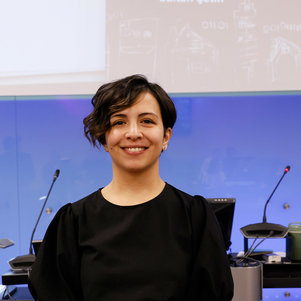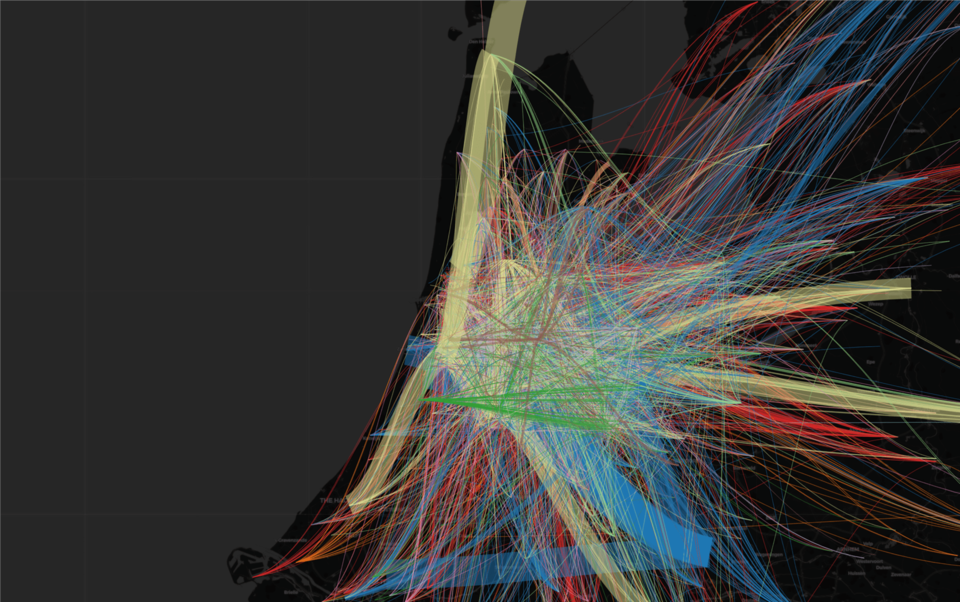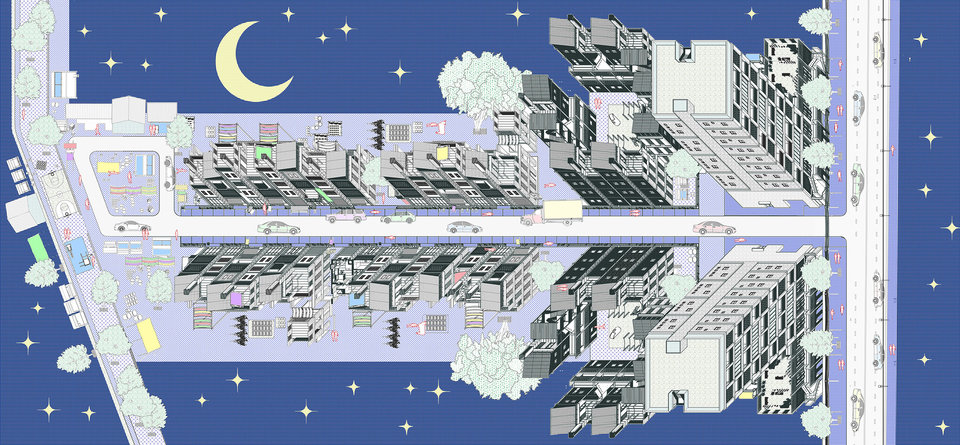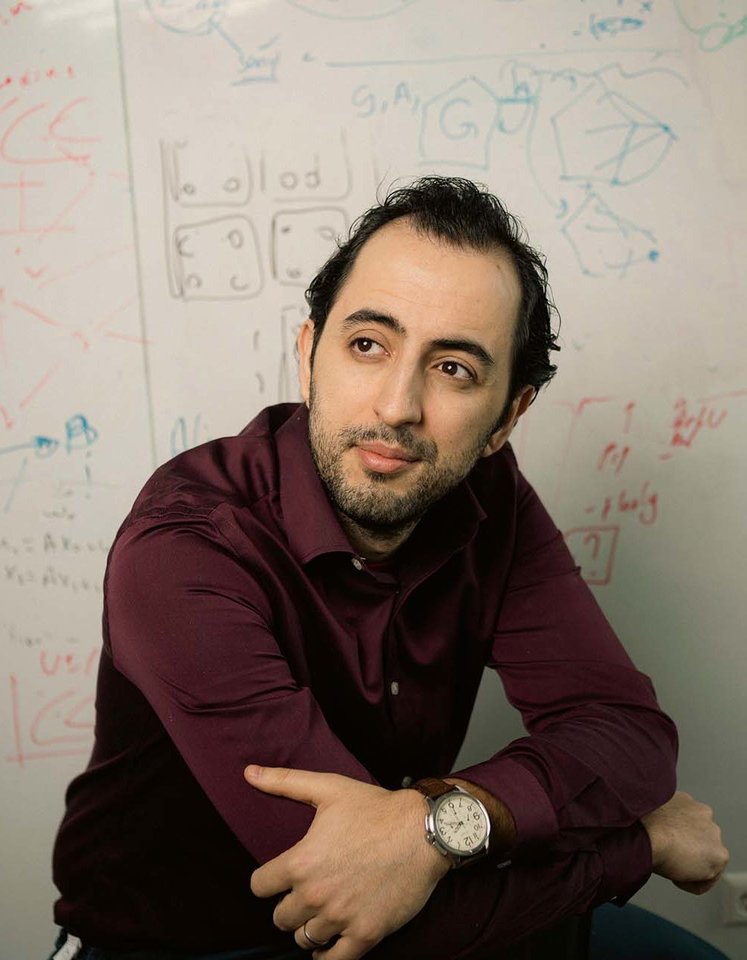Sultan Çetin worked as an architect for several years before doing her Master's at TU Eindhoven and then her PhD at TU Delft. She was involved in, among other things, the Trump Hotel Tower and Baku Olympic Stadium construction projects in Azerbaijan. From that practical experience, she retained an important insight: how we build has to change and be more sustainable. That applies to herself and, just as much, to the world.
After completing her Master's in Eindhoven, Sultan developed a circular building in Twente. Sultan: “Circularity touches a chord, and it is actually very personal because this was how my grandmother lived. Everything was either reused or recycled, and that’s the world in which I grew up.” She started her PhD research in Delft, entitled, ‘Towards a circular building industry through digitalisation’. “We developed a framework that brings circularity and digital technologies together. This is because there are many technologies available, such as blockchain, the Internet of Things, and material passports. Still, they have been integrated in the construction industry to only a very slight degree.” Sultan believes that regenerating, narrowing, slowing, and closing the loop are particularly important aspects that are worthy of attention in this context. “Regenerating, for example, is about creating a better living environment, improving biodiversity, and using renewable energy. Narrowing is about using fewer or lighter materials or replacing new materials with old ones. Slowing has to do with using materials for as long as possible, such as making sure they are repairable. Closing is obviously about recycling.”
There are many technologies available that are still hardly used in practice.
How does it work in practice?
Together with Catherine De Wolf (ETH Zurich) and Nancy Bocken (Maastricht University), she studied digital innovations in literature and practice to explore their potential use in the built environment. The result was a comprehensive framework that was widely adopted. “It is a very positive representation of everything possible. Of course, that doesn't mean it works that way in practice. And my background is in the practical field, so I was especially keen to find out how digital tools work there.” Sultan decided to see what the possibilities were with regard to existing buildings. “For new buildings, circularity is easier because you start from scratch. It is with fifty or sixty-year-old buildings that things are much more difficult.” Sultan focused on developing a material passport framework for existing buildings in the social housing stock. “We identified fifty data points that are important for creating such a material passport for existing buildings. For this, we conducted 38 interviews with social housing organisations, architects, and researchers and conducted a case study with a social housing organisation located in Utrecht.” And because everyone uses their own systems and has different ways of working, it proved impossible to collect all fifty data points. "There are some applications of artificial intelligence available in the market using computer vision techniques. These can improve data collection from the existing stock. We can also deploy machine learning techniques for the purpose of detecting asbestos. We need human knowledge and digital capabilities to complete the data gaps in material passports.”
I have a background in the practical field, so I am especially keen to find out how things work there.
Not everything is possible - we need to find the right balance
Despite all the positive results from her PhD, Sultan remains critical. “There is so much we can do with the tools we already have, absolutely. But just look at the figures - for every hundred houses we build in the Netherlands, another fifteen are demolished. We will never be able to ‘close the loop’ at that rate. Of course, we could decide to use bio-based materials, but where will they come from?” According to Sultan, three things are needed. “First of all, different disciplines must collaborate if we are to resolve this. For example, what waste flows come from agriculture that we could use in construction? What is also important is that we need to think differently. At present, we often prefer to head straight to the solution: ‘We need a digital infrastructure!’ But first and foremost, we need to look at all available data. Only when we know what is there can we think about what we can do with it.” And the third thing that is needed? “I think we have to make some hard choices. Not everything is possible, so circularity starts with a different mindset. Maybe we should all want a little less: we are asking too much of the planet to sustain our lifestyle. One way of addressing that is to become less dependent on raw materials for the buildings we use.”
Circularity is a challenge that we need to address interdisciplinarily.
This story is published: Januariy 2024
More information
On 18 December 2023, Sultan Çetin defended her PhD thesis entitled ’Towards a circular building industry through digitalisation: Exploring how digital technologies can help narrow, slow, close, and regenerate the loops in social housing practice’. Her dissertation can be downloaded via the DOI link.
Sultan Çetin edited an open-access book on this field, which was published this month by Springer Nature. “A Circular Built Environment in the Digital Age” can be downloaded freely through this link.















